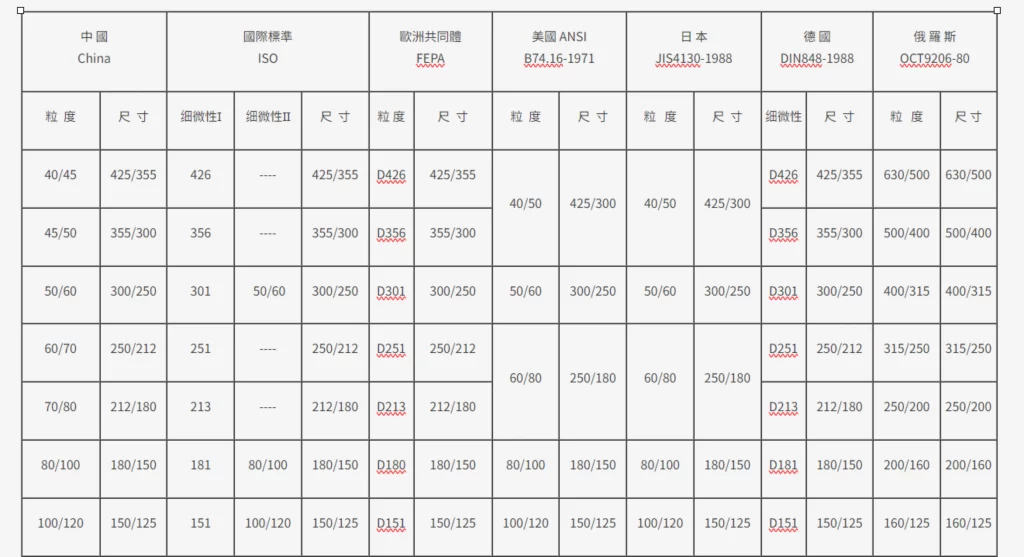During the manufacturing process, nanodiamonds, like other nanoparticles, can be divided into two types: button up and top down.
Nanodiamonds produced by the explosive method are a prime example of the “bottom-up” approach. These nanodiamonds are rounder in appearance compared to diamonds produced by grinding, which tend to have more defined edges. The appearance is similar to popcorn, with porous characteristics that result in a high surface area. This makes them applicable in various industries, such as lubricating oil additives, pharmaceutical carriers, or used as polishing materials at the submicron level.
In the past, diamond has been regarded as an unattainable gemstone, but nowadays the development of science and technology has been by the natural diamond, laboratory production of diamonds, and even now the industrial mass production of diamonds, the price is even more affordable to the people, also more humanitarian.
There are many kinds of nano diamond production methods, but in all kinds of methods, with a microscopic point of view are all from the high-temperature and high-pressure method. Here are some examples:
1. Whether it’s using a two-sided anvil or a six-sided high-temperature high-pressure press to simulate geological conditions beneath the Earth’s surface.
2. Chemical Vapor Deposition (CVD) Method: The CVD process relies on methane undergoing high-velocity molecular collisions that replace the four hydrogens attached to carbon with other carbon atoms, causing a gradual buildup of diamond on the substrate. On a microscopic scale, the high-velocity collisions generate the necessary high temperature and pressure to form diamonds.
3. Explosive Method: This method involves detonating TNT or NTX in an enclosed space, which creates an oxygen-deficient environment, converting the graphite in the explosives into diamonds. Since the pressure dissipates instantly after the explosion, but the temperature remains extremely high, rapid cooling techniques are needed to prevent the diamond from reverting back to graphite due to the residual heat.
4. Sonic Method: This involves introducing supersonic vibrations during the CVD process to facilitate diamond formation.
Among all the aforementioned production methods, the explosive method has the highest efficiency in producing nanodiamonds. A key feature of diamonds produced by this method is that they are initially covered with 40% carbon (since diamonds revert to graphite at high temperatures when pressure is lost). The freshly produced nanodiamonds are referred to as “black powder” because of this outer carbon layer, which gives them numerous functional groups.
Before removing the unwanted graphite coating, scientists have discovered that this black powder has multiple uses, such as a rubber additive or a lubricant additive, where it performs better than the processed “gray powder” that has had the carbon layer removed.
So, what is nanodiamond gray powder? It’s the result of washing the carbon layer off black powder using strong acids or bases, turning the nanodiamonds a gray-black color. At this stage, the diamonds can undergo particle size classification and have a purity exceeding 99%. This form of nanodiamond is called gray powder. Gray powder is primarily used for polishing and grinding applications, and also serves as a nanodiamond carrier in targeted medical treatments.
Now you know the difference between black powder and gray powder in nanodiamonds, as well as their respective uses!
If you wish to use Honway’s images and text, please be sure to cite the source. Respecting creation also means respecting the creators.

